Harrachov, Czechia
Adorf (Vogtland), Germany
Černousy, Czechia
Selb-Plößberg, Germany
Holzhau, Germany
Bayerisch Eisenstein, Germany
On the smallest branch lines in Germany and Czechia (and even just into Poland on one line) you will find them – Stadler RS1 railbuses, with their characteristic trapezoid shaped windows. Built between 1996 and 2013 these trains saved many rural lines. Light weight, cheap to operate, fast acceleration on lines with many stops and steep gradients, solid passenger comfort, modular interior, high redundancy of components, one or two staff operation, and the best accessibility of any small train, made the series a hit – nearly 500 of them were sold.
But with the end of life of many RS1s on the horizon, and with railway operators seeking alternatives to diesel power – even on branch lines – what comes next?
That was the question that Stadler Rail Germany has sought to answer, and today the RS1 follow up – the RS Zero – was presented in Pankow and I was there to see it. Railcolor also has more details and pictures here.
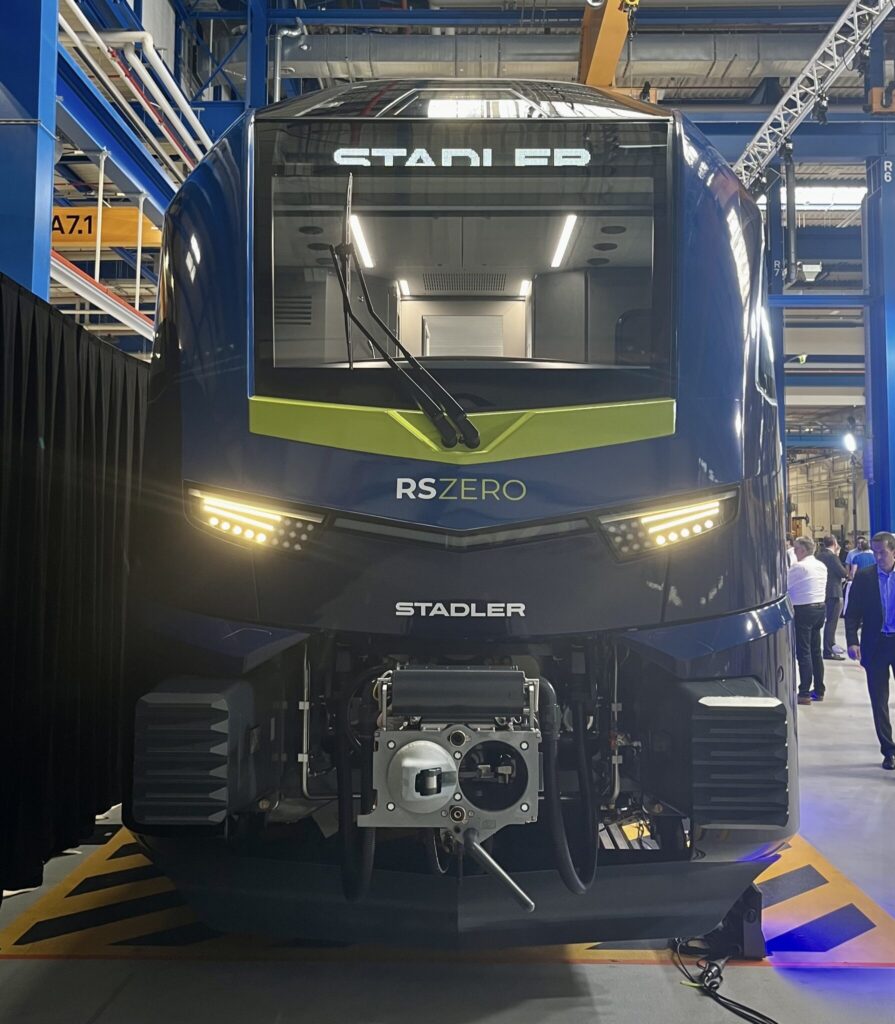
The new RS Zero takes the best of the RS1 and builds on it. Out go the diesel engines, replaced instead by either a battery-electric or hydrogen motor drive train. I’m personally rather sceptical of hydrogen trains (see this older post for the reasoning), and I expect most RS Zero trains will be battery electric. Batteries can be charged with a pantograph in terminus stations, and the train can also run in pure electric mode. And while the RS1 was only available as a single carriage version, a two carriage RS Zero will also be available.
But if you take a step back, why do this at all? Why design trains this small? And design them as proper trains – including full TSI crash worthiness? And why bother with battery electric or hydrogen instead of putting up an overhead wire?
The answer to that comes with typical Stadler clarity of thinking.
Just over 60% of Germany’s rail network is electrified currently, and the aim by 2030 is to hit 75% – although no one really believes that will happen. So Stadler is pitching this train for the non-electrified or partly electrified parts of the network. Stadler is building for the network as it is, not the network we dream we might have in the future. And there is not really any rival product for these sorts of lines – the two carriage Siemens Mireo Plus B is the closest there is.
Making it a regular train facilitates the operation – in all of the six example cases with RS1s I cite above, tracks are either shared with freight trains, or terminus stations are on mainlines. You cannot easily split off a line from the rest of the network, and run something super light or super bespoke there – France is trying this with Flexy2, but I see very few use cases for this. Other theoretical solutions – like autonomous trains – rely on as yet unproven technology. Stadler is taking something that is proven to work, and building on it.
But who needs a train this small you might be wondering?
Again out of experience there are plenty of places that do – the tiny villages on the Waldbahn network to Bayerisch Eisenstein for example. Yes, you might offer these people a bus instead, but a bus remains a poor substitute. It gets stuck in traffic. It does not convey bikes. It does not have a disabled accessible toilet. And – once you have taken the branch line to a terminus – you connect with a long distance train there. A train line, even one with thin user numbers, brings opportunities for small places. Trust me, I have been to a lot of those places, especially in Thüringen, Sachsen and in parts of the north of Czechia. And the RS Zero, while designed first for Germany, could easily be deployed pretty much anywhere in Europe with the standard loading gauge and standard gauge lines (1435mm).
The need here is simple. If you can provide people a passenger train service, you should. However sparsely populated a region, however small the place. Stadler’s RS Zero is a sensible, thoughtful, eminently pragmatic solution for those sorts of places, the places where anything more than a stopping service on a branch line is impossible.
[Update 30.8.2024, 0915]
An earlier version of this post stated the RS Zero had a hydrogen fuel cell drive train, but that is not correct – it has a hydrogen motor. This has been corrected in the text.

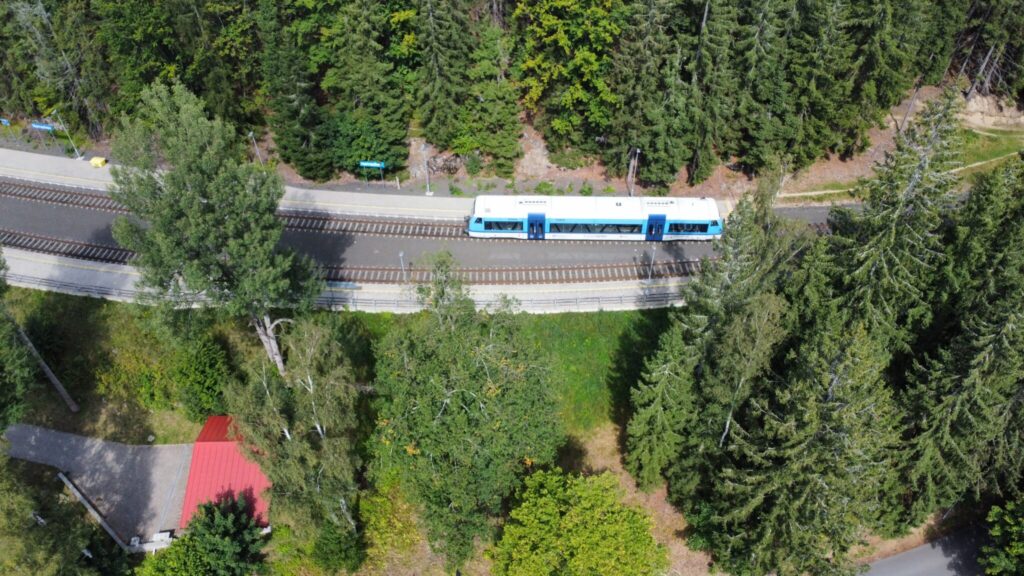
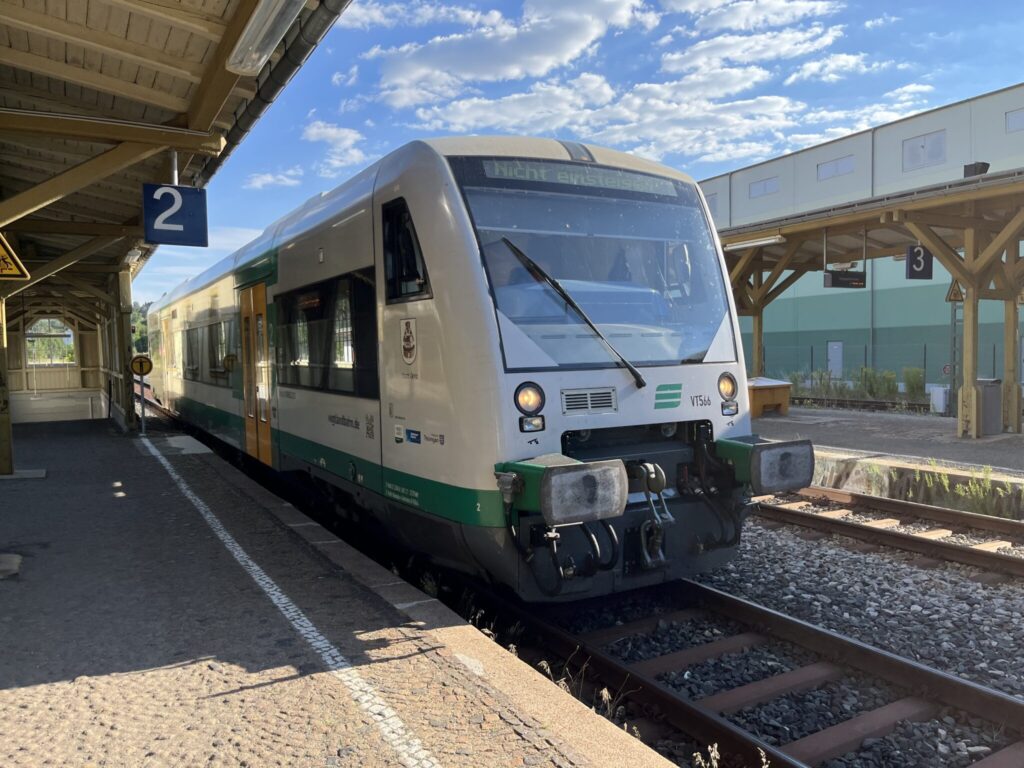
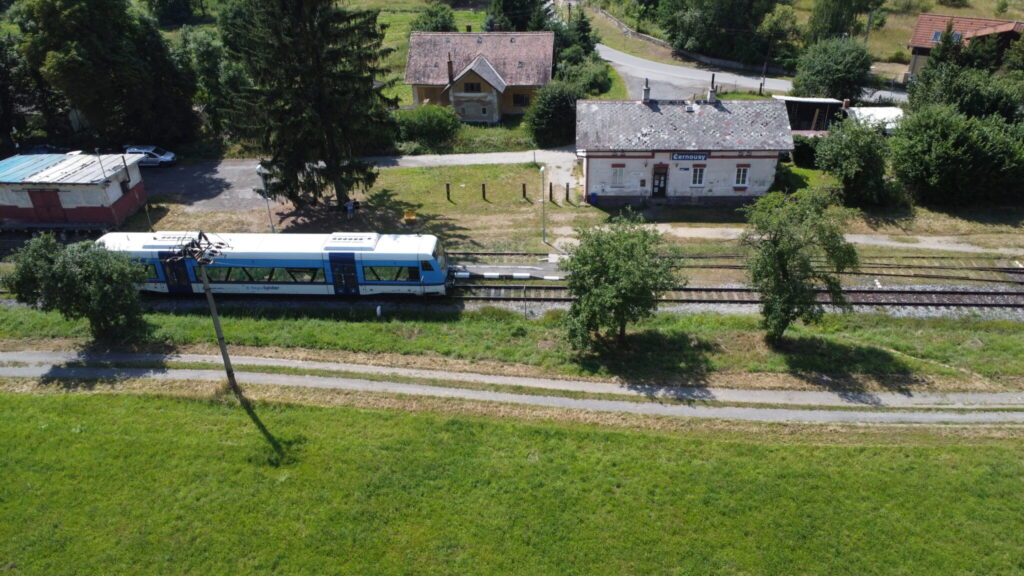
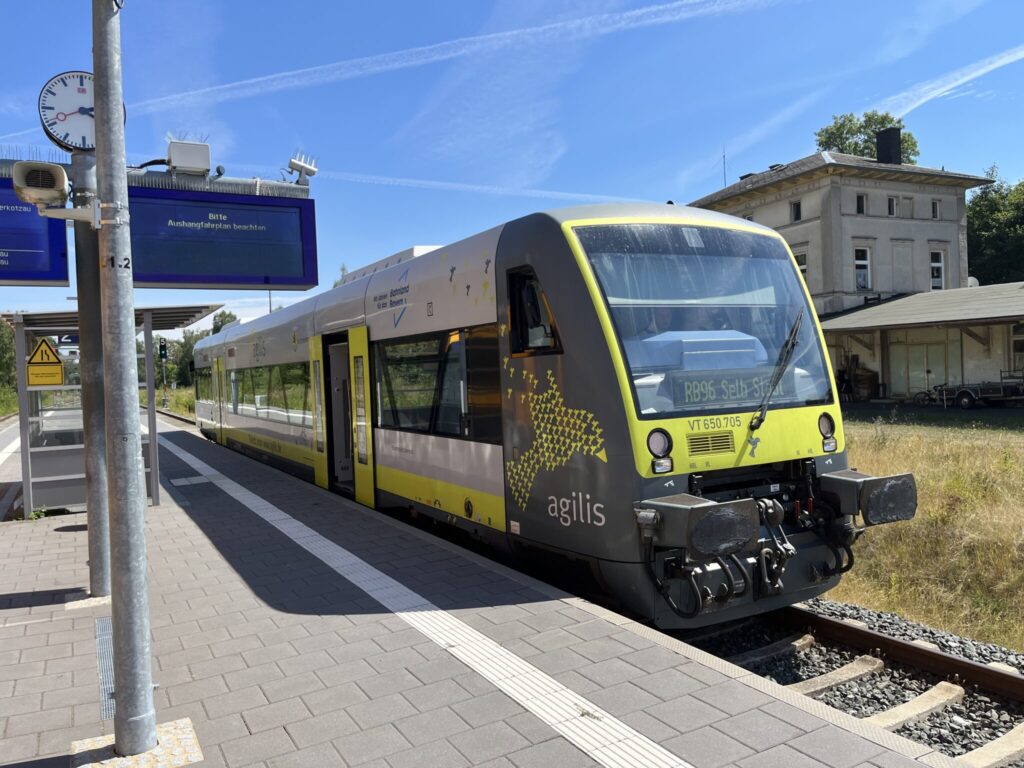
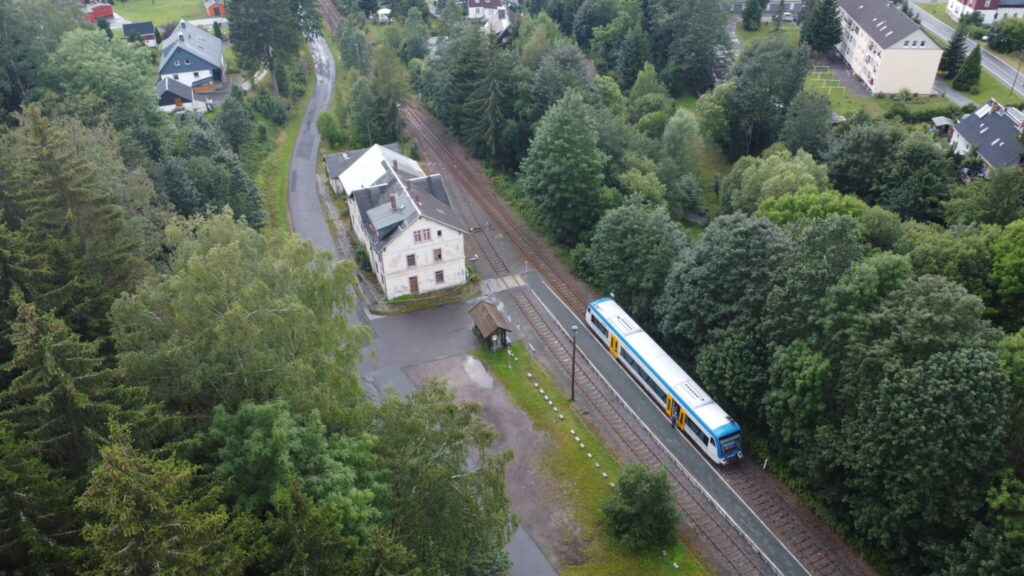
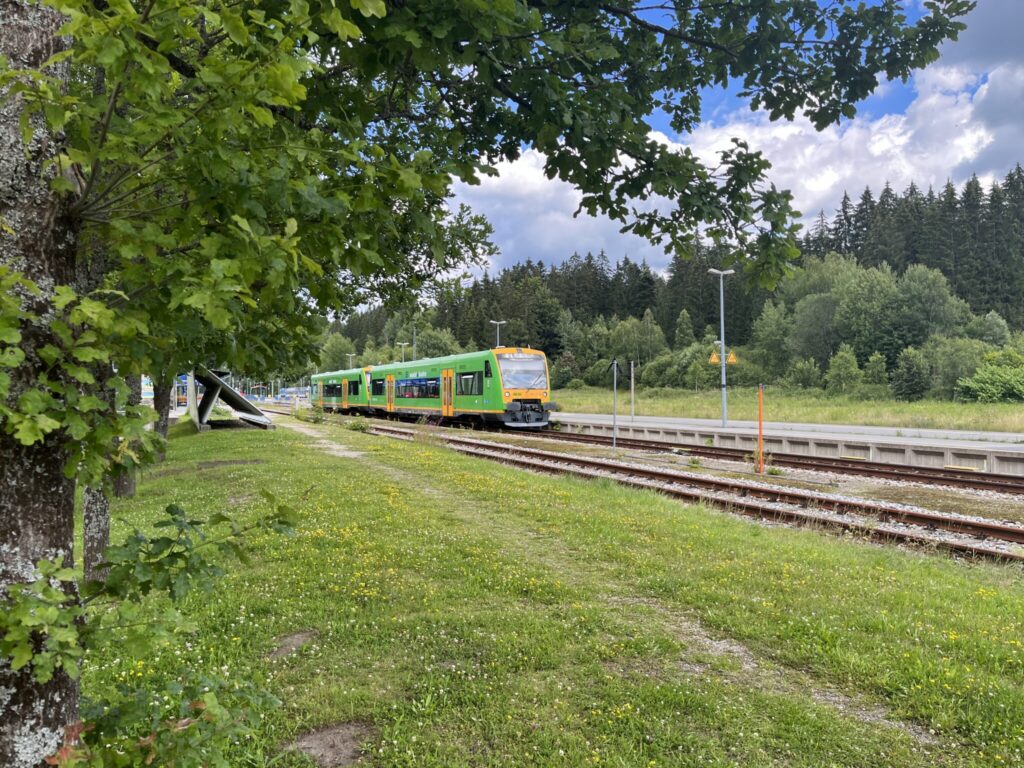
I fully agree with you on the questionabilty of a hydrogen fuel cell version. OTOH, in isolated networks out in the real boonies, there might be a small reason to be.
But I think, it would be the BEMU version which may sell better. And, again for the boonies, there are rather cost effective charging stations, such as Voltap from Furrer&Frey, which can simply be connected to the middle voltage grid. And because the vehicle has the battery charging controls on board, it is really simple. The power is fed to the vehicle via a section of power rail, again rather easy to set up, and allowing quick recharging at therminal stops.
I also think that it is not just the replacement for elderly RS1, but also for the replacement of the Alstom Coradia A TER (also known as Baleines); SNCF Class X73500/X73900; DB Class 641. So, there might be even a slim chance of export to France, namely to the Régions which are not falling for Gadgetbahn crap.
There may als, if the price is right, a good chance for secondary lines in central Europe, where aging rolling stock puts the passenger service of many lines in jeopardy.
Wow, a hydrogen combustion engine, that is some next level energy waste. Cool article and indeed, the battery electric version will be the one to choose.